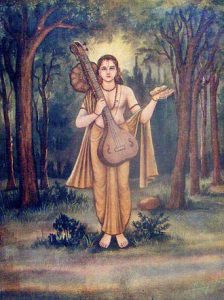We ended the Part – 2 with the questions, “Who exactly am “I”?; and “Is my “mind” the proper and the most efficient instrument for the job I am putting it to?”
Any good workman first examines the efficiency, sensitivity and efficacy of his tools, before using them, for, as experience shows, there could be an unaccounted “instrumental error” that can creep into the conclusions we draw. In a modern laboratory of scientific investigations, calibration of the error from various sources including the tools used is a standard practice.
So let us first find out what is mind, the only tool we have at our disposal, what is its nature, and what are its characteristics. We should be aware of the errors it may introduce and thereby bias the conclusions. Continue reading




